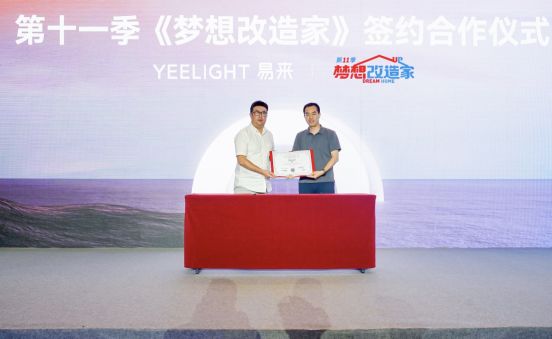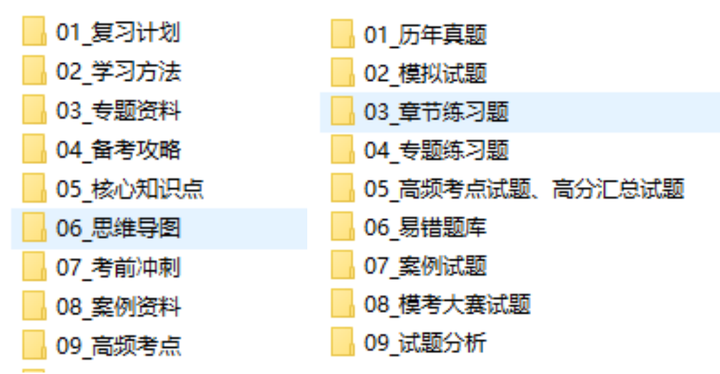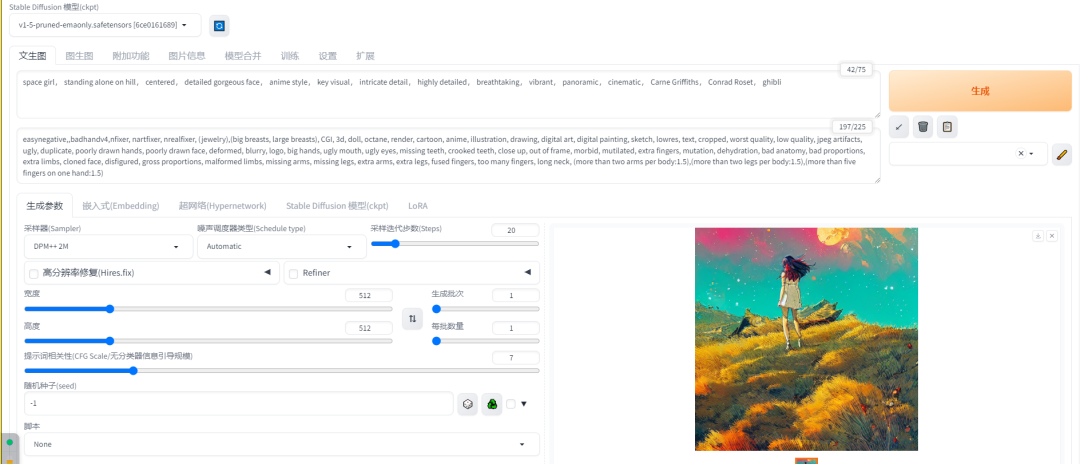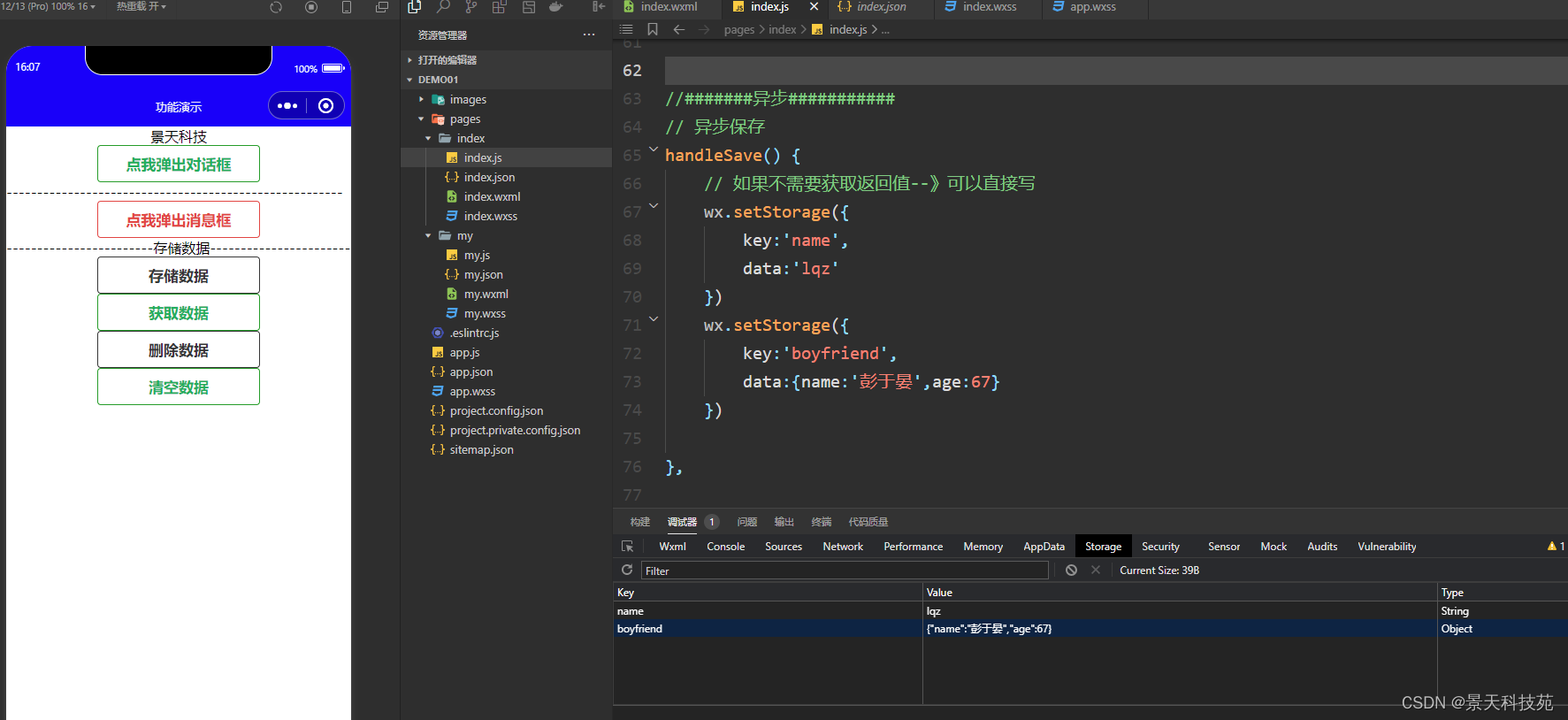简介
在多系统交互中,有时候需要以Java作为客户端来调用SOAP方式的WebService服务,本文通过分析不同的调用方式,以Demo的形式,帮助读者在生产实践中选择合适的调用方式。
本文JDK环境为JDK17。
结论
推荐使用Axis2或者Jaxws,以无客户端的形式来调用WebService。
有客户端,推荐Maven插件。
有客户端调用
主要时利用wsdl文档,自动生成对应的Java代码来实现
建议在pom文件中,配置对应的Maven插件来实现WebService客户端代码的自动生成。
JDK wsimport命令生成(不推荐)
简介
主要是利用jdk的自带工具wsimport工具实现,执行命令如下:
wsimport -s C:\tmp\com -p com.example.demo5.wsdl -encoding utf-8 http://www.webxml.com.cn/WebServices/IpAddressSearchWebService.asmx?wsdl
优点
通常装有JDK的电脑或者服务器都可以直接运行,方便生成。
缺点
在实际的运用中wsimport命令会有很多问题,首先只有JDK1.8才支持这个命令,即使能使用,仍然存在一些问题。其次,在JDK17以上没有自带这个工具,可能要安装插件才能使用,但是笔者安装了一些插件仍然无法使用。
ApacheCXF自动生成(不推荐)
简介
ApacheCXF通过安装也可以自动生成对应的WebService客户端代码。具体操作可见链接。
缺点
需要额外安装ApacheCXF插件。
Maven插件自动生成(推荐)
简介
通过spring.io网址的Demo示例,可以配置pom的maven插件,自动生成代码。
demo获取链接如下:
Getting Started | Consuming a SOAP web service (spring.io)
pom配置示例如下:
<build>
<plugins>
<plugin>
<groupId>org.springframework.boot</groupId>
<artifactId>spring-boot-maven-plugin</artifactId>
</plugin>
<!-- tag::wsdl[] -->
<plugin>
<groupId>com.sun.xml.ws</groupId>
<artifactId>jaxws-maven-plugin</artifactId>
<version>3.0.0</version>
<executions>
<execution>
<goals>
<goal>wsimport</goal>
</goals>
</execution>
</executions>
<configuration>
<packageName>com.example.consumingwebservice.wsdl</packageName>
<wsdlUrls>
<!-- <wsdlUrl>http://localhost:8080/ws/countries.wsdl</wsdlUrl>-->
<wsdlUrl>http://www.webxml.com.cn/WebServices/IpAddressSearchWebService.asmx?wsdl</wsdlUrl>
</wsdlUrls>
<sourceDestDir>${sourcesDir}</sourceDestDir>
<destDir>${classesDir}</destDir>
<extension>true</extension>
</configuration>
</plugin>
<!-- end::wsdl[] -->
</plugins>
</build>生成代码如下:

调用方式:
@RequestMapping(value = "/{ip}", method = RequestMethod.GET)
public ArrayOfString searchIp(@PathVariable("ip") String ip) {
IpAddressSearchWebServiceSoap ipAddressSearchWebServiceSoap = new IpAddressSearchWebService().getIpAddressSearchWebServiceSoap();
ArrayOfString response = ipAddressSearchWebServiceSoap.getCountryCityByIp(ip);
return response;
}优点
操作简单,改动小。
缺点
唯一的缺点,也是有客户端调用普遍存在的,自动生成代码后,需要重新部署一次。
Springboot集成Git插件实现
通过Springboot集成git插件,可以通过接口的形式来修改maven的wsdlUrls配置,然后推送到git服务,最后触发Jenkins自动部署。
以Git推送代码的形式来实现代码的自动生成,其缺点是,每次根据一份wsdl文件生成完代码,需要重启一次服务,但是笔者通过自动配置的形式可以做到一键部署。
其中触发Jenkins自动部署,可以通过git的配置实现,通过访问特定的url实现。配置好的git部署链接如下:
http://192.168.22.22:8080/job/demo_test/build?token=1987654567890hjkoijghfvgjjnmkjkmk
其中token的值可以自动定义,这样在借助代码的形式就可以做到一键部署。

其实现代码如下:
package com.example.consumingwebservice;
import java.io.File;
import java.io.IOException;
import java.nio.file.Files;
import java.nio.file.Path;
import java.nio.file.Paths;
import java.nio.file.StandardOpenOption;
import java.util.Date;
import org.apache.commons.logging.Log;
import org.apache.commons.logging.LogFactory;
import org.eclipse.jgit.api.Git;
import org.eclipse.jgit.lib.Repository;
import org.eclipse.jgit.transport.CredentialsProvider;
import org.eclipse.jgit.transport.HttpConfig;
import org.eclipse.jgit.transport.UsernamePasswordCredentialsProvider;
public class GitUtil {
//private static Log log = LogFactory.getLog(GitUtil.class);
private GitUtil() {
}
public static Git getGit(String uri, CredentialsProvider credentialsProvider, String localDir) throws Exception {
Git git = null;
if (new File(localDir).exists() ) {
git = Git.open(new File(localDir));
} else {
git = Git.cloneRepository().setCredentialsProvider(credentialsProvider).setURI(uri)
.setDirectory(new File(localDir)).call();
}
//设置一下post内存,否则可能会报错Error writing request body to server
git.getRepository().getConfig().setInt(HttpConfig.HTTP, null, HttpConfig.POST_BUFFER_KEY, 512*1024*1024);
return git;
}
public static CredentialsProvider getCredentialsProvider(String username, String password) {
return new UsernamePasswordCredentialsProvider(username, password);
}
public static Repository getRepository(Git git) {
return git.getRepository();
}
public static void pull(Git git, CredentialsProvider credentialsProvider) throws Exception {
git.pull().setRemote("origin").setCredentialsProvider(credentialsProvider).call();
}
public static void push(Git git, CredentialsProvider credentialsProvider, String filepattern, String message)
throws Exception {
git.add().addFilepattern(filepattern).call();
git.add().setUpdate(true);
git.commit().setMessage(message).call();
git.push().setCredentialsProvider(credentialsProvider).call();
}
public static void main(String[] args) throws Exception {
String uri = "http://192.168.9.11/test/webservice.git";
String username = "343535@qq.com";
String password = "xdfetrfrr";
CredentialsProvider credentialsProvider = getCredentialsProvider(username, password);
String localDir = "C:/tmp/git_test";
Git git = getGit(uri, credentialsProvider, localDir);
pull(git, credentialsProvider);
changeFile(localDir + "/pom.xml");
// push(git, credentialsProvider, ".", "提交文件");
push(git, credentialsProvider, "pom.xml", "修改pom文件" + new Date());
}
private static final String newText = " <wsdlUrl>http://www.webxml.com.cn/WebServices/IpAddressSearchWebService.asmx?wsdl</wsdlUrl>\r\n </wsdlUrls>";
protected static void changeFile(String filePath) {
try {
// 读取文本文件的内容
Path path = Paths.get(filePath);
String content = Files.readString(path);
System.out.println(content);
// 替换内容
String modifiedContent = content.replace("</wsdlUrls>", newText);
// 将修改后的内容写回文本文件
Files.write(path, modifiedContent.getBytes(), StandardOpenOption.WRITE);
System.out.println("文本文件内容已成功修改!");
} catch (IOException e) {
System.out.println("修改文本文件内容时出现错误:" + e.getMessage());
}
}
}
如要实现流程图的规划,可以后台通过http的get请求上文的git部署链接,实现接口的自动部署。
无客户端调用
也就是不需要按wsdl的格式来生成对应的Java代码,原理时通过构建xml的形式来访问WebService。
这里推荐使用Axis2或者Jaxws的方式来调用,二者各有优劣。
Axis调用(不推荐)
简介
通过pom引入axis依赖,实现无客户端访问,所需依赖如下:
<dependency>
<groupId>axis</groupId>
<artifactId>axis</artifactId>
<version>1.4</version>
</dependency>
代码实现如下:
public static void main(String[] args){
try {
String nameSpac = "http://WebXml.com.cn/";
URL url = new URL("http://ws.webxml.com.cn/WebServices/MobileCodeWS.asmx?wsdl");
QName sname = new QName(nameSpac, "MobileCodeWS");
QName pname = new QName(nameSpac, "MobileCodeWSSoap");
Service service = new Service( url, sname);
Call call = (Call)service.createCall(pname);
call.setSOAPActionURI(nameSpac + "getMobileCodeInfo");
call.setOperationName(new QName(nameSpac, "getMobileCodeInfo")); // 需要请求的方法
call.addParameter(new QName(nameSpac, "mobileCode"), XMLType.XSD_STRING, ParameterMode.IN); // 入参
call.addParameter(new QName(nameSpac, "userID"), XMLType.XSD_STRING, ParameterMode.IN); // 入参
// call.addParameter("param3", XMLType.SOAP_STRING, ParameterMode.IN); // 入参
String param1 = "15932582632"; // 参数
String param2 = null; // 参数
call.setReturnClass(String.class); // 设置返回值
call.setUseSOAPAction(true);
Object invoke = call.invoke(new Object[]{param1, param2});// 调用获取返回值
// Object invoke = call.invoke(new Object[]{});// 调用获取返回值
System.out.println(invoke);
}catch (Exception e){
e.printStackTrace();
}
}优点
较少的代码量,依赖需要少,实现简单
缺点
通过笔者的实验,发现Axis的调用并不稳定,对于不同的接口,有的接口无参数调用可以调通,有参数调用会报错,有的接口有参数调用可以调通(如例),无参数调用会报错。
实际上,这个依赖在2006年便没有维护了,它的功能转移到了Axis2。
Axis2调用(推荐)
简介
通过pom引入axis2依赖,实现无客户端访问,所需依赖如下:
<dependency>
<groupId>org.apache.axis2</groupId>
<artifactId>axis2-jaxws</artifactId>
<version>1.7.0</version>
</dependency>
<dependency>
<groupId>org.apache.axis2</groupId>
<artifactId>axis2-adb-codegen</artifactId>
<version>1.7.0</version>
</dependency>
<dependency>
<groupId>org.apache.axis2</groupId>
<artifactId>axis2-transport-local</artifactId>
<version>1.7.0</version>
</dependency>
<dependency>
<groupId>org.apache.axiom</groupId>
<artifactId>com.springsource.org.apache.axiom</artifactId>
<version>1.2.5</version>
</dependency>代码实现如下:
import org.apache.axiom.om.OMAbstractFactory;
import org.apache.axiom.om.OMElement;
import org.apache.axiom.om.OMFactory;
import org.apache.axiom.om.OMNamespace;
import org.apache.axis2.AxisFault;
import org.apache.axis2.addressing.EndpointReference;
import org.apache.axis2.client.Options;
import org.apache.axis2.client.ServiceClient;
import org.apache.axis2.transport.http.impl.httpclient3.HttpTransportPropertiesImpl;
/**
*
* @ClassName: MobileClientDoc
* @Description: TODO
* 方法二: 应用document方式调用 用ducument方式应用现对繁琐而灵活。现在用的比较多。因为真正摆脱了我们不想要的耦合
* 即使用org.apache.axis2.client.ServiceClient类进行远程调用web服务,不生成客户端
*
* @date 2017年11月9日 下午1:27:17
*
*/
public class SoapAxis2Client {
private static String requestName = "getCountryCityByIp";
public static void ipWS() {
try {
ServiceClient serviceClient = new ServiceClient();
//创建服务地址WebService的URL,注意不是WSDL的URL
String url = "http://www.webxml.com.cn/WebServices/IpAddressSearchWebService.asmx";
EndpointReference targetEPR = new EndpointReference(url);
Options options = serviceClient.getOptions();
options.setTo(targetEPR);
//确定调用方法(wsdl 命名空间地址 (wsdl文档中的targetNamespace) 和 方法名称 的组合)
options.setAction("http://WebXml.com.cn/" + requestName);
//设置密码
HttpTransportPropertiesImpl.Authenticator auth = new HttpTransportPropertiesImpl.Authenticator();
// auth.setUsername(username); //服务器访问用户名
// auth.setPassword(password); //服务器访问密码
// options.setProperty(HTTPConstants.AUTHENTICATE, auth);
OMFactory fac = OMAbstractFactory.getOMFactory();
/*
* 指定命名空间,参数:
* uri--即为wsdl文档的targetNamespace,命名空间
* perfix--可不填
*/
OMNamespace omNs = fac.createOMNamespace("http://WebXml.com.cn/", "");
// 指定方法
OMElement method = fac.createOMElement(requestName, omNs);
// 指定方法的参数
OMElement theIpAddress = fac.createOMElement("theIpAddress", omNs);
theIpAddress.setText("111.249.198.56");
// OMElement userID = fac.createOMElement("userID", omNs);
// userID.setText("");
method.addChild(theIpAddress);
// method.addChild(userID);
method.build();
//远程调用web服务
OMElement result = serviceClient.sendReceive(method);
//值得注意的是,返回结果就是一段由OMElement对象封装的xml字符串。
String xml = result.cloneOMElement().toString();
System.out.println(xml);
} catch (AxisFault axisFault) {
axisFault.printStackTrace();
}
}
public static void main(String[] args) throws AxisFault {
ipWS();
}
}
优点
代码量较少,通过配置xml节点实现系统调用,可以设置灵活的调用方式。经过实验,对各种WebService接口的有参无参调用,都能取得正确的返回结果。
测试结果如下:
<getCountryCityByIpResponse xmlns="http://WebXml.com.cn/"><getCountryCityByIpResult><string>111.249.198.56</string><string>台湾省 </string></getCountryCityByIpResult></getCountryCityByIpResponse>
缺点
所需的pom配置文件较多,且引用不正确较难排查问题,且各个pom之间的版本冲突也需要解决。
Jaxws调用(推荐)
简介
引入对于的pom配置文件
<dependency>
<groupId>org.apache.axis2</groupId>
<artifactId>axis2-jaxws</artifactId>
<version>1.7.0</version>
</dependency>这里提前说下,下面代码大部分来自于csdn作者——LengYouNuan的文章,但是实在找不到对于作者了,提前声明。
还有它的原始代码并不能正常运行,会有服务器未能识别 HTTP 头 SOAPAction 的值的报错,笔者通过实验和研究,添加了如下配置,才能正常运行:
//这句话很重要,否则报错服务器未能识别 HTTP 头 SOAPAction 的值
dispatch.getRequestContext().put(SOAPACTION_URI_PROPERTY, nameSpace + elementName);
dispatch.getRequestContext().put(SOAPACTION_USE_PROPERTY, true);
由于使用的JDK17,对应的配置和以前不一样了:
public interface BindingProvider {
String USERNAME_PROPERTY = "jakarta.xml.ws.security.auth.username";
String PASSWORD_PROPERTY = "jakarta.xml.ws.security.auth.password";
String ENDPOINT_ADDRESS_PROPERTY = "jakarta.xml.ws.service.endpoint.address";
String SESSION_MAINTAIN_PROPERTY = "jakarta.xml.ws.session.maintain";
String SOAPACTION_USE_PROPERTY = "jakarta.xml.ws.soap.http.soapaction.use";
String SOAPACTION_URI_PROPERTY = "jakarta.xml.ws.soap.http.soapaction.uri";
......应该主要是javax和jakarta的区别。
完整可运行代码如下:
package com.example.consumingwebservice;
import com.sun.xml.ws.client.BindingProviderProperties;
import com.sun.xml.ws.developer.JAXWSProperties;
import jakarta.xml.soap.*;
import jakarta.xml.ws.Dispatch;
import jakarta.xml.ws.Service;
import org.w3c.dom.Document;
import javax.xml.namespace.QName;
import java.net.URL;
import java.util.HashMap;
import java.util.Map;
import static jakarta.xml.ws.BindingProvider.SOAPACTION_URI_PROPERTY;
import static jakarta.xml.ws.BindingProvider.SOAPACTION_USE_PROPERTY;
/**
* soap方式调用webservice方式客户端
*
* @author LengYouNuan
* @create 2021-05-31 下午2:35
*/
public class SoapJaxwsClient {
String nameSpace = ""; //wsdl的命名空间
String wsdlUrl = ""; //wsdl文档地址
String serviceName = ""; //服务的名字
String portName = "";
String responseName = ""; //@WebResult:注解上的name值
String elementName = ""; //默认是要访问的方法名 如果@WebMethod属性name有值 则是该值,实际还是以wsdl文档为主
int timeout = 20000;
/**
* @param nameSpace
* @param wsdlUrl
* @param serviceName
* @param portName
* @param element
* @param responseName
*/
public SoapJaxwsClient(String nameSpace, String wsdlUrl,
String serviceName, String portName, String element,
String responseName) {
this.nameSpace = nameSpace;
this.wsdlUrl = wsdlUrl;
this.serviceName = serviceName;
this.portName = portName;
this.elementName = element;
this.responseName = responseName;
}
/**
* @param nameSpace
* @param wsdlUrl
* @param serviceName
* @param portName
* @param element
* @param responseName
* @param timeOut 毫秒
*/
public SoapJaxwsClient(String nameSpace, String wsdlUrl,
String serviceName, String portName, String element,
String responseName, int timeOut) {
this.nameSpace = nameSpace;
this.wsdlUrl = wsdlUrl;
this.serviceName = serviceName;
this.portName = portName;
this.elementName = element;
this.responseName = responseName;
this.timeout = timeOut;
}
public String sendMessage(HashMap<String, String> inMsg) throws Exception {
// 创建URL对象
URL url = null;
try {
url = new URL(wsdlUrl);
} catch (Exception e) {
e.printStackTrace();
return "创建URL对象异常";
}
// 创建服务(Service)
QName sname = new QName(nameSpace, serviceName);
Service service = Service.create(url, sname);
// 创建Dispatch对象
Dispatch<SOAPMessage> dispatch = null;
try {
dispatch = service.createDispatch(new QName(nameSpace, portName), SOAPMessage.class, Service.Mode.MESSAGE);
} catch (Exception e) {
e.printStackTrace();
return "创建Dispatch对象异常";
}
// 创建SOAPMessage
try {
//这句话很重要,否则报错服务器未能识别 HTTP 头 SOAPAction 的值
dispatch.getRequestContext().put(SOAPACTION_URI_PROPERTY, nameSpace + elementName);
dispatch.getRequestContext().put(SOAPACTION_USE_PROPERTY, true);
SOAPMessage msg = MessageFactory.newInstance(
SOAPConstants.SOAP_1_1_PROTOCOL).createMessage();
msg.setProperty(SOAPMessage.CHARACTER_SET_ENCODING, "UTF-8");
SOAPEnvelope envelope = msg.getSOAPPart().getEnvelope();
// 创建SOAPHeader(不是必需)
// SOAPHeader header = envelope.getHeader();
// if (header == null)
// header = envelope.addHeader();
// QName hname = new QName(nameSpace, "username", "nn");
// header.addHeaderElement(hname).setValue("huoyangege");
// 创建SOAPBody
SOAPBody body = envelope.getBody();
QName ename = new QName(nameSpace, elementName, "");
SOAPBodyElement ele = body.addBodyElement(ename);
// 增加Body元素和值
for (Map.Entry<String, String> entry : inMsg.entrySet()) {
ele.addChildElement(new QName(nameSpace, entry.getKey()))
.setValue(entry.getValue());
}
// 超时设置
dispatch.getRequestContext().put(BindingProviderProperties.CONNECT_TIMEOUT, timeout);
dispatch.getRequestContext().put(JAXWSProperties.REQUEST_TIMEOUT, timeout);
// 通过Dispatch传递消息,会返回响应消息
SOAPMessage response = dispatch.invoke(msg);
// 响应消息处理,将响应的消息转换为doc对象
Document doc = response.getSOAPPart().getEnvelope().getBody()
.extractContentAsDocument();
String ret = doc.getElementsByTagName(responseName).item(0).getTextContent();
return ret;
} catch (Exception e) {
e.printStackTrace();
throw e;
}
}
public static void main(String[] args) throws Exception {
// SoapClient soapClient=new SoapClient("http://spring.io/guides/gs-producing-web-service","http://localhost:8080/ws/countries.wsdl",
// "CountriesPortService","CountriesPortSoap11","getCountry",
// "getCountryResponse",
// 2000);
SoapJaxwsClient soapClient = new SoapJaxwsClient("http://WebXml.com.cn/", "http://ws.webxml.com.cn/WebServices/MobileCodeWS.asmx?wsdl",
"MobileCodeWS", "MobileCodeWSSoap", "getDatabaseInfo",
"getDatabaseInfoResponse",
2000);
// SoapClient soapClient=new SoapClient("http://WebXml.com.cn/","http://www.webxml.com.cn/WebServices/IpAddressSearchWebService.wsdl",
// "IpAddressSearchWebService","IpAddressSearchWebServiceSoap","getCountryCityByIp",
// "getCountryCityByIpResult",
// 2000);
//封装请求参数
HashMap<String, String> msg = new HashMap<>();
// msg.put("theIpAddress","111.249.198.56");
// msg.put("mobileCode","18702750020");
// msg.put("userID","");
String s = soapClient.sendMessage(msg);
System.out.println(s);
}
}
测试结果:

优点
pom配置简单,无须解决各种版本依赖的问题。
缺点
可以看到Jaxws的调用和Axis2一样,都具有较高的灵活性,都可以自定义xml的节点数据。
所不同的是,它的调用代码稍显繁琐,但如果在生产中,有良好的封装,这应该不是问题。
小结
对于SOAP方式WebService的调用,有客户端的调用,推荐maven插件自动生成代码的形式,唯一的缺点是需要重新部署一次。
对于无客户端的调用,推荐Axis2或者Jaxws的形式,考虑到二者实现其实各有优劣,有需要的读者可以自行甄别选用。


















